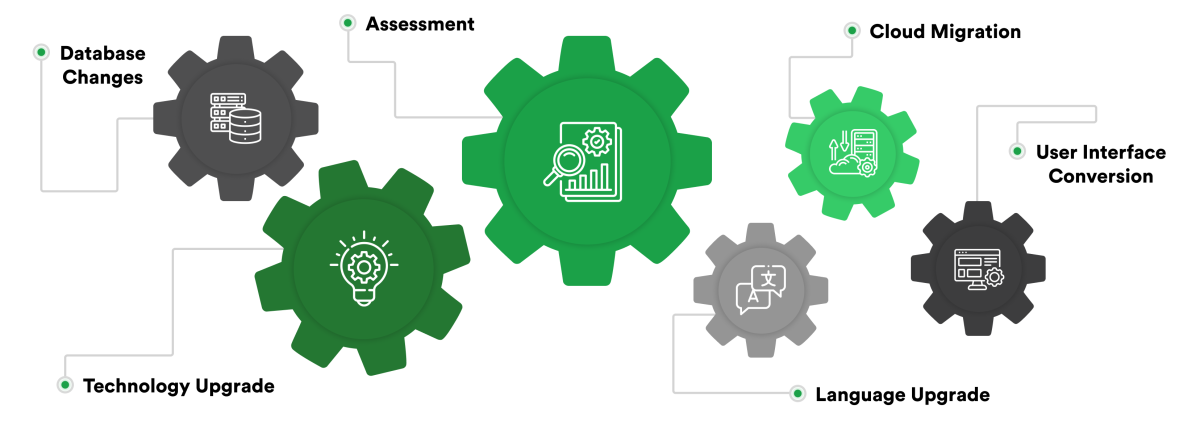
Boosting Financial Company’s Security and Performance with Technology Modernization
Exploring a hypothetical case of how a financial institution could significantly boost its security and overall performance by leveraging a combination of technology modernization services.






